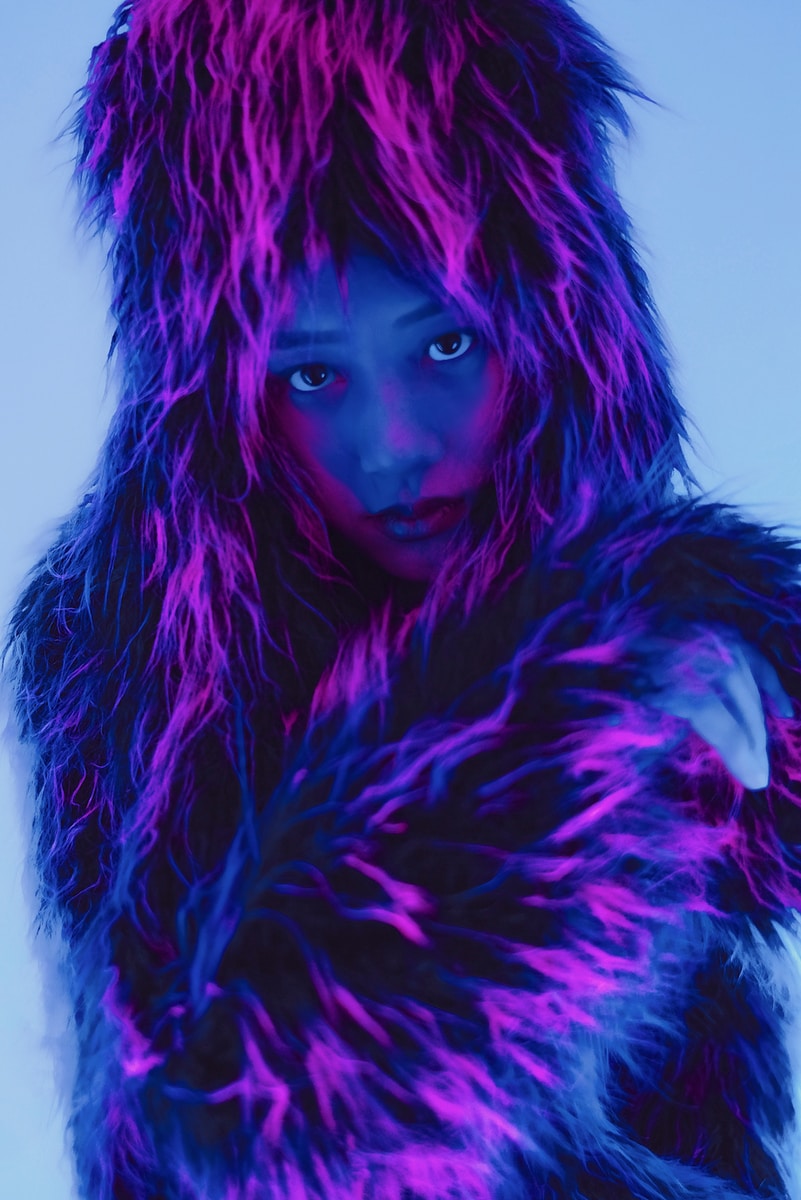
The current fashion industry is difficult for experimental fashion designers. It is not easy to make money designing for the general population. This is because they are most interested in clothes that conform to established conventions. These conventions are dress codes and trends, but they can also be used as a guideline for clothing design. It is much easier to shop on a bike in jeans than it is in an extravagant garment with protruding layers or flapping layers.
However, cyberspace has become a space where all seems possible over the years. Cyberspace is not subject to the same social rules and practical considerations as real life. According to Shayli Harrison, this makes virtual design a place for experimental design. In 2018, Harrison graduated from the Royal Academy of Fine Arts, Antwerp. Mutani (pronounced Mutani) is a company that helps designers transform their work into digital space. She says, “Cyberspace can be where our work is of real value.”
Commerce and creativity
Harrison’s graduation collection, ‘Crimes Against Nature’, featured deconstructed garments, huge sleeves of brightly colored shiny fabrics, stunning lip jewellery, and hypnotic prints. Antwerp Academy has produced many radical artists who are at the forefront of fashion and art in the past. Harrison said, “We don’t leave the academy as designers but as creative directors and people with an artistic view. At the academy you only look at illustrations, books and art. Then you sculpt and draw and transform your ideas into clothes.”
This type of designer often finds it difficult to get a job in the commercial fashion industry. Harrison explained that the more free-spirited you are, then you’re more likely to be stuck in a limbo between fashion and art. Harrison discovered other negative aspects of the industry during her training. “The waste, mass production and poor working conditions… this is not the right place for me.”
From the digital village to metaverse
Harrison was not just lucky to find herself in the digital fashion world. She had created a virtual reality experience during her studies that she presented to the academy. After she graduated, Z33, a Belgian art center, asked her to collaborate with a small group of digi-artists on a VR art project. “We created an interior made of textiles, through which virtual creatures could walk. They could be seen with VR glasses suspended from the ceiling. This gave me an idea about where I wanted to go.”
At the same time, an open job opportunity was posted for Digital Village. Evelyn Mora is also responsible for the virtual Helsinki Fashion Week. This virtual village is actually a multiplayer metaverse, which allows for social interaction, browsing, gaming, and even gaming. Digital Village offers digital designers a platform to sell their designs through a marketplace. Harrison submitted her portfolio to the Digital Village open call and was successful. She and twelve other experts in animation, sound, and sculpting have been hard at work on the two-minute animated film “Fear the Foliage”, which will be released as part of the Digital Village launch. Harrison designed the film’s characters and extreme outfits. They are inspired by extinct flower species like the blue sea holly and lapwing flower.
Harrison was told that she could sell her avatars and digital designs on Digital Village’s online marketplace using NFTs. This is shorthand for non-fungible tokens. “I had to understand what that meant. It was something I’d heard about, but I didn’t know what to do with it.”
Many readers will find the term NFTs confusing. Non-fungible tokens, which are non-exchangeable, virtual proofs of ownership for digital goods, are the simplest explanation. These could be avatars, digital outfits, or virtual music or works of art. NFTs are stored in a blockchain system that records the owner and places where transactions were registered. NFTs are available to be purchased with bitcoins or dollars, as well as cryptocurrencies like bitcoins. NFTs are not widely traded, but some people have been investing heavily in them. The Fabricant in the Netherlands designed the first NFT dress. It was sold for 8,120 euros.
The desire to find wonderful things
NFTs are now in high demand. NFT dealers and designers such as Harrison are reacting to increasing Internet use among consumers, but also anticipating future developments. Harrison said, “The more I looked into it, the clearer it became that there was a lot happening around Web3.” Harrison said, “It’s basically a future view for the Internet in form of a metaverse. This is a virtual world created more by game developers than coders and where everything is visually. Personal avatars are an important part of Web3. They allow you to move around the metaverse with them. You can style your avatar in the same way as in Fortnite, Animal Crossing, and The Sims.”
Many major fashion brands have already moved into cyberspace, especially in the gaming industry. Most of these brands offer digital versions for existing designs. Harrison believes this is boring. “I don’t want to run around in a video game wearing a crop top with leggings. The design must be compatible with the game’s purpose, which is to allow us to explore our imagination.”
Harrison views the game world and the metaverse as a safe space where people can experiment with identities and fashion without having to conform to the norms of daily life. “I feel fashion has lost a little of its fun. There’s a longing to see theatricality and strange and wonderful things. Fashion has become so rigid. Gaming is the exact opposite. My work is of real value in this area.”
The ‘Antwerp Cyber Six’
Harrison also wants to help other designers make the most out of their creativity, and to take advantage of the digital design revenue model. Digital designers can make their work available online. This could give them the financial freedom to continue designing in real life. Harrison noted that digitization requires specialized knowledge and skills and is not something most designers are familiar with. Harrison observed that while many designers are very well-suited for the metaverse, they don’t understand the technology behind it.
Enter Mutani. Mutani is a company that brings together tech experts and radical designers to create digital fashion. With profits split equally between contributors, the developed designs can be sold via blockchain platforms. It is hoped that digital fashion will allow for more fashion experimentation in the real world because of its creative and financial freedom.
Mutani has already released three avatars from Fear the Foliage, along with a series digital versions of stunning jewellery from Harrison’s graduation collection. Harrison is currently working under the name “Antwerp Cyber Six” on a test case to help Mutani with his work. This playful derivative of the Antwerp Six, Harrison, is currently creating a test case. It is planned to invite six former Antwerp Academy alumni to digitalize with Mutani. Harrison searches the archives of the academy for graduate collections that have metaverse potential. We’re trying to find the best work that fits into the gaming fantasy. It has nothing to do fashion, trends or storytelling.
Mutani will be the point of departure for the most futuristic fashions in the cyber world, and the location for the most innovative digital designs. Harrison pointed out that this future is highly speculative. There are many companies that are committed to Web3, but nobody knows what the future will look like or how it will work. It takes time to discover the truth. It is better to spend that time well.





